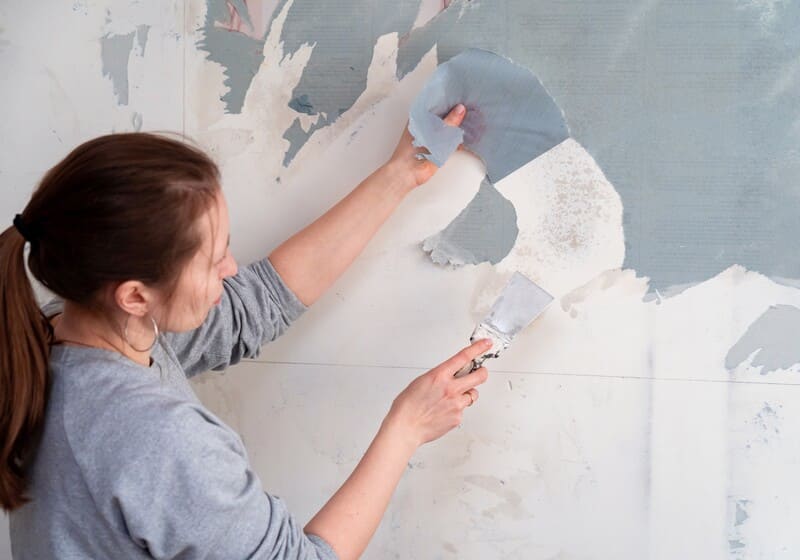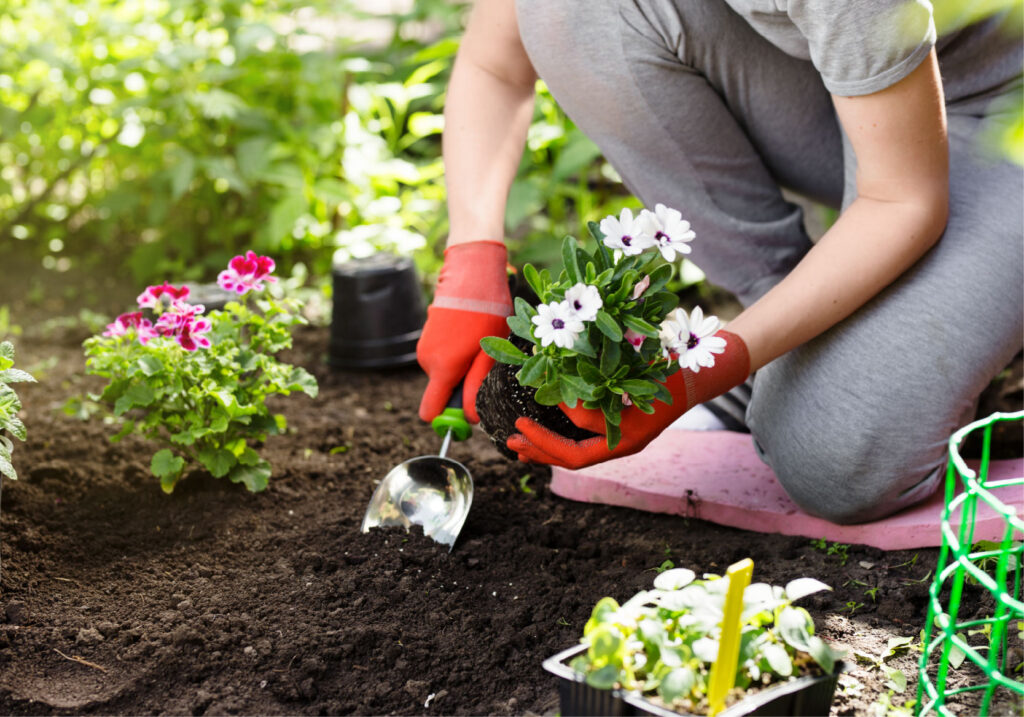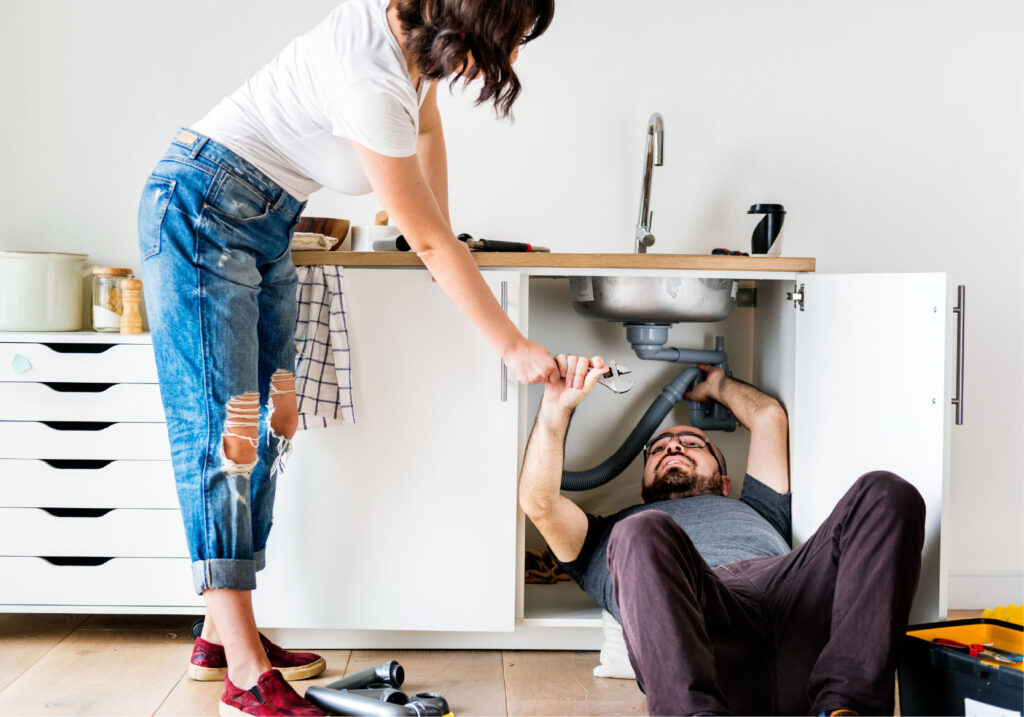If your home is plastered with outdated wall coverings, you might hesitate to make the upgrades that you want. After all, wallpaper is notoriously difficult to remove (picture hours and hours of steaming, scraping, peeling, grunting, etc.), life’s too short, and you’ve got better things to do. There’s good news though—removing that ugly wallpaper is easier than you think with the right tools, so you can get your project done without breaking a sweat. Here’s what you need to do.
First, start with the right tools.
Depending on the type of wallpaper you’re dealing with, how long it’s been on the wall and how it was originally applied, the tools you’ll need to remove wallpaper fast and easy will vary. Here’s a breakdown of everything you might need:
Follow with the right technique.
Before you know which technique will work for your situation, you’ll have to do a little test. If you’re using a steamer, saturate one panel of wallpaper, wait 10 minutes or so and lift an edge with your razor scraper. If it comes up easily, that means the last guy prepped the surface correctly when he applied the wallpaper—lucky you! Continue with soaking the wallpaper and lifting with your scraper until the job’s done.
If the paper doesn’t lift easily, this could mean a couple of things—either the surface wasn’t prepped correctly with sizing or primer before wallpaper was applied, or the wallpaper is water-resistant and the steamer isn’t getting through to soften the adhesive underneath.
In this case, use the paper scraper to score the wallpaper, then use the steamer. Working one section at a time, wait 10 minutes for the adhesive to soften and try lifting the paper. Don’t worry if it doesn’t come up cleanly after your first attempt—you may have to repeat the steaming process two or even three times before the glue is soft enough to release the wallpaper.
Note: If you’re dealing with some especially tenacious glue, you can mix liquid fabric softener into your hot water to help. Use a ratio of 1⁄4 cup softener per gallon of water.
Once the wallpaper is soft enough, it’s time to bring out the ladder. Working from the top down helps gravity do some of the work for you—with the dull wide of your razor scraper pointing out (to avoid gouging the drywall as you scrape), carefully peel each strip of wallpaper downward while holding your scraper nearly parallel to the wall.
As you remove strips of wallpaper, keep a scrubbing sponge and water handy to remove any residual adhesive. You want to do this while the glue is still soft and wet (it’ll reharden as it dries), so you don’t waste time going over everything with a spray bottle again at the end. Once your wall is stripped and cleaned, let it dry completely for two or three days, then you’re ready for paint or more wallpaper!
Call National Property Inspections today.
Your local NPI inspector has the professional training and experience to help assess the condition of your home’s structure and major systems. Find your inspector today to schedule your pre-listing or homebuyer’s inspection.



